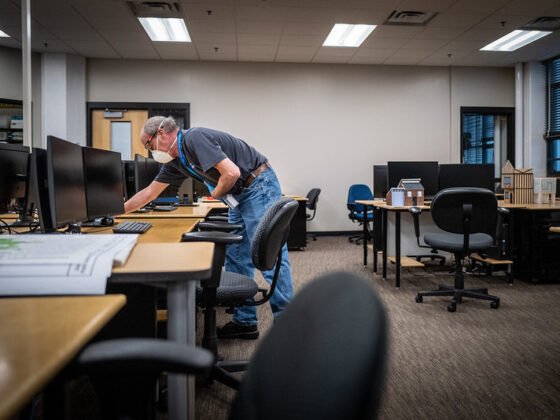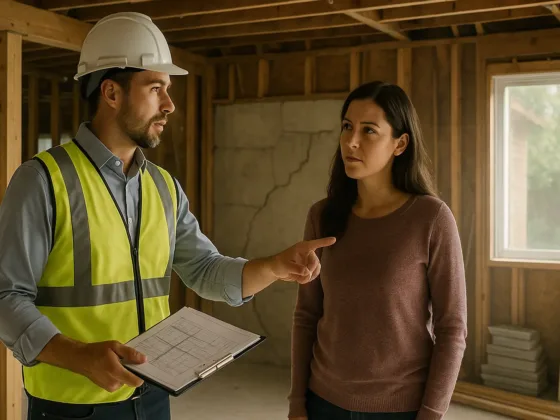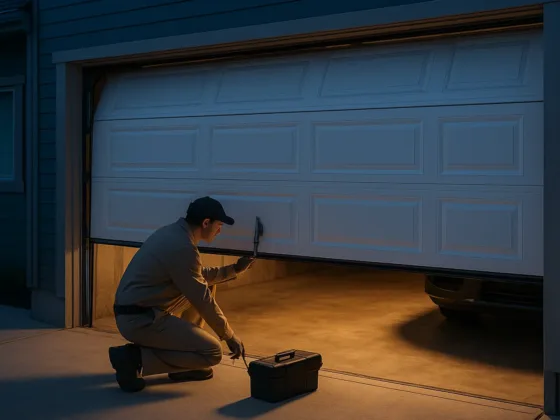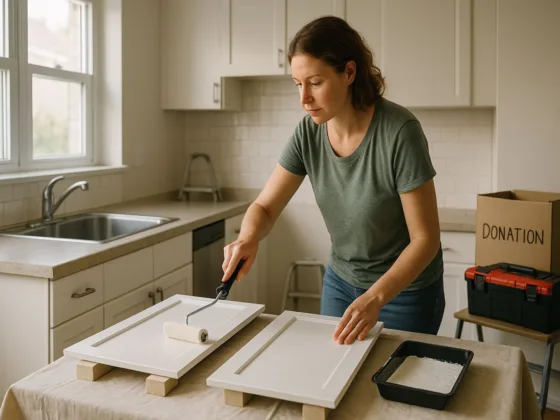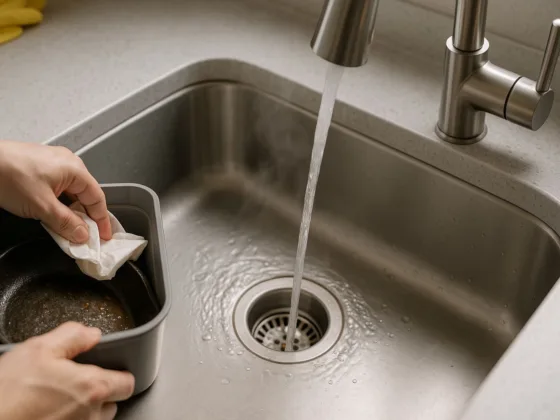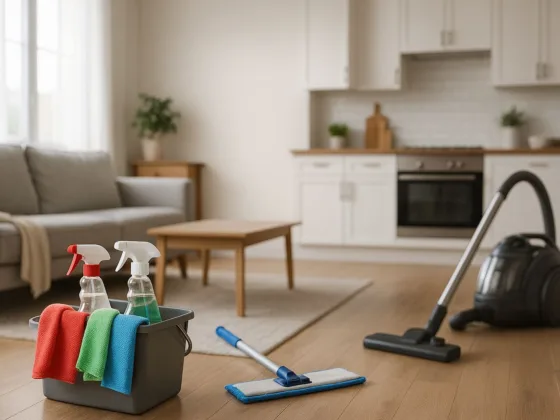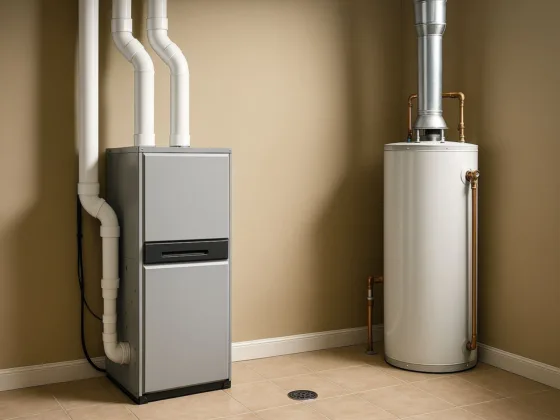Table of Contents Show
Did you know that 137 million Americans are exposed to unhealthy indoor air pollutants?

Poor indoor air quality can impact everything from your respiratory issues system to your mood. If you’ve been considering testing your indoor air quality, we assume you’re making a great decision.
But now that decision takes a different shape: how often should you test indoor air quality? Keep reading to learn all about indoor air quality testing!
After a Major Renovation
Indoor air quality should also be tested shortly before, during, and after the move-in of new furniture, painting, wallpapering, or flooring installations. This testing helps ensure no new allergens, volatile organic compounds (VOCs), or other contaminants have been introduced during renovation.
Additionally, testing after the renovation can help identify if any lead, asbestos, or other toxins have seeped into the home from work. In general, a professional should be contacted. It is to test the air and recommend any additional steps for air quality management.
Read Also:
The Change of Seasons
Testing should be done at least four times yearly. It is during the transitional periods between summer and fall, winter and spring.
This will allow you to identify any pollutants that may have been brought in by changing weather conditions and take appropriate steps to address them. Doing a deep clean in conjunction with an air quality test can help reduce pollutants in an indoor environment.
Additionally, regular testing throughout the year can give homeowners the information they need to create an air quality plan to maintain the environment better. Taking a proactive approach to the issue of indoor air pollution can help keep everyone safe and healthy in the home.
If You Notice Strange Odors
If you notice strange odors in your home, it’s essential to test the air quality to determine the source. You should test your indoor air ducts at least once a year or anytime you notice a strange odor.
Allergens, bacteria, and viruses can accumulate in the air and cause health problems. Other pollutants that can contaminate your air include molds, dust in the air, pet dander, VOCs (volatile organic compounds from paints and cleaners), particulate matter, and even radon gas.
Testing can measure all these pollutants and alert you to any issues. Besides testing, it’s essential to clean and ventilate your home to prevent stagnant air and the buildup of toxic pollutants. Check the air filters in your heating and cooling system and keep them clean to maintain a healthy home.
If You’re Experiencing Allergies or Respiratory Symptoms
Allergy and respiratory symptoms are often associated with irritants and air contaminants. When testing, looking for airborne particulates, mold, and other indoor air pollutants is essential.
It’s also important to examine the area for water leakage and condensation. These can lead to mold growth and biological contaminants that complicate respiratory conditions.
Vacuuming your home regularly can help reduce the amount of dust in your home, but using an air duct cleaning guide is also a great way to help ensure good air quality.
Start to Test Indoor Air Quality Now
To test indoor air quality, it should be tested in the home at least once a year. If any issues are found, try more often to prevent further problems.
Contact a professional if you believe your indoor air quality is poor. Your home’s air quality is vital for your family’s health. Start improving your air quality today! For more tips, check the rest of our website.
